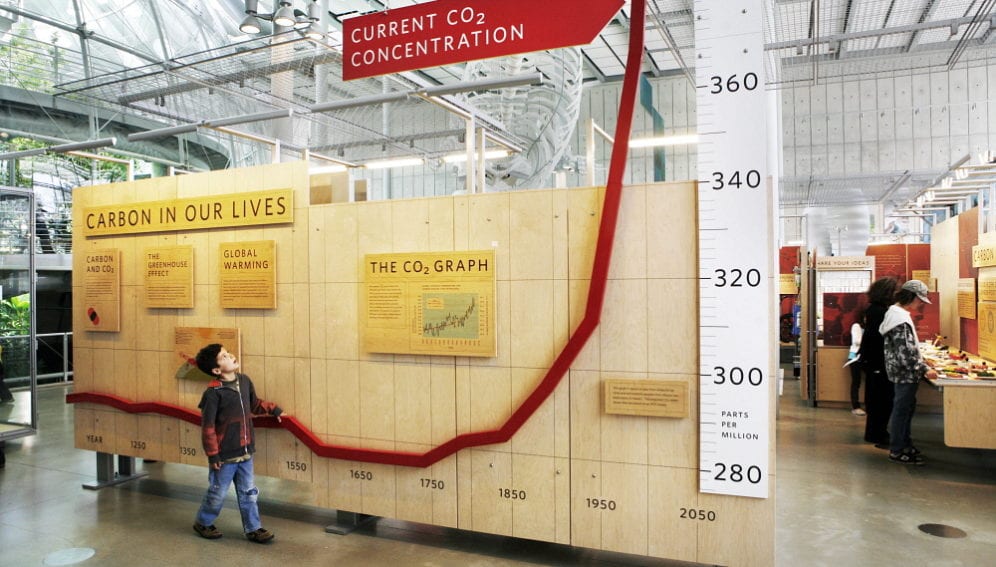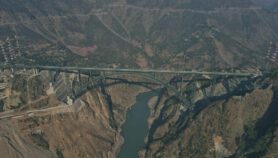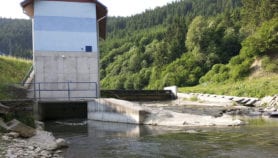By: Joel Winston
Send to a friend
The details you provide on this page will not be used to send unsolicited email, and will not be sold to a 3rd party. See privacy policy.
The ‘plan B’ of using geoengineering to rescue humanity from the impact of climate change exists in a ‘vacuum’ of international regulations, according to a recent review.
Proposals to counteract the effects of global warming by engineering the planet, with methods such as spraying chemicals into the atmosphere to block solar radiation, are largely theoretical and lacking in research.
But they prompt debate, with some scientists rejecting particular geoengineering proposals altogether, and others calling for developing nations to have a bigger say in any such plans.
A recent report by the Intergovernmental Panel on Climate Change (IPCC) recognised that, though there could be unintended consequences, geoengineering may have the potential to substantially offset a global temperature rise.
Against this backdrop, Jesse Reynolds, a researcher at Tilburg Law School in the Netherlands, has explored the legal status of geoengineering research by studying the details of several international environmental treaties, including the UN Framework Convention on Climate Change (UNFCCC) and the Convention on Biological Diversity.
His study, due to be published in 2014 in the Journal of Energy, Climate, and the Environment, finds that existing international law not only permits geoengineering field research to go ahead, but also encourages it. This is because, though field trials may present risks to the environment and health, the deployment of geoengineering could reduce the much greater risks of climate change.
But Reynolds adds that international regulation is necessary because both research and deployment pose risks that would cross national borders.
“It remains unclear what the form and substance of that regulation should be, because we don’t know what climate engineering will actually look like,” Reynolds tells SciDev.Net.
“We don’t know the form it will take, the risks it might pose or what we want to get out of it. Right now, it’s almost all modelling and hypothetical scenarios. But I think we’re at a stage where there can start to be serious conversations,” he says.
The UNFCCC’s Conference of the Parties meetings, such as the one last month in Warsaw, Poland, may not be the best forum to discuss the issue, he adds.
“The UNFCCC is primarily driven by national governments and elected officials,” he explains. “So it remains unclear exactly how, in such a politicised context, it could address an uncertain and controversial topic like climate engineering in a productive way.”
Instead, Reynolds believes scientific institutions, including the IPCC, should have a greater role in feeding their expertise and findings into regulations. For example, the UNFCCC could be in a better position for useful discussion after the IPCC presents its Fifth Assessment Report in 2014, which may include more detail on climate engineering.
Andrew Parker, a research fellow at the Harvard Kennedy School, United States, and contributor to a recent report on African perspectives on the governance of solar geoengineering research, says the need for international agreement is more important when embarking on international tests.
However, in the meantime, he says that low-risk field research that could help with decisions should go ahead.
But he adds that “in the medium term, there needs to be ongoing discussion between the relevant scientific bodies in various governments to have a shared set of standards for research”. These include standards for communicating research and environmental impact assessments.
Link to article in Journal of Energy, Climate, and the Environment














